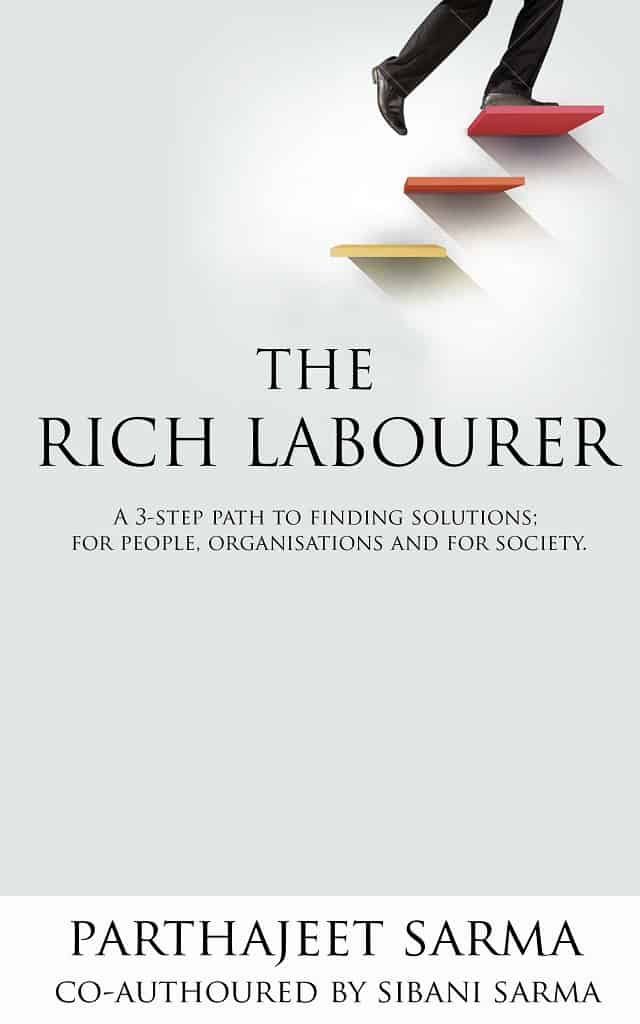WRITING STYLE: 3.5/5
RELEVANCE: 3.5/5
ENTERTAINMENT QUOTIENT: 3.5/5
In this age of cut-throat competition, innovation is not just a way of competitive advantage but often the means of survival.
But what is the right approach to innovation? Do all companies carry out innovation rationally?
If yes, then why do many innovations fail? Why do many of them never see the light of the day?
Even if by some means, some of them are victoriously launched, why aren’t they always as effective as promised. So where lies the fault? What should be done?
The truth, as highlighted in this book, is not always in the answer but in the problem, itself.
“The Rich Labourer” seeks to help us understand innovation by the way of an effective and result oriented 3P Method. The 3Ps stand for Probe, Ponder and Prove.
By using this method, the utmost and foremost emphasis is given to the problem itself.
“The Rich Labourer” tells us that defining the problem is always more important than finding the solution. If your problem is defined incorrectly, the solution is bound to be flawed.
The best and unique thing about this book is the way in which the authors try to make the readers understand the concepts highlighted in this book.
This is very effectively done with the help of fictional settings and characters.
The various stages of the 3P methods are explained using stories and that makes the book very interesting to read.
Though management & business books are often very informative, they almost always are a little tedious to read unless they have interesting examples to support their claims.
But this book is markedly different from many such books. Read on to know why?
Unlike many other authors in the business and management genre, the authors in this book have adopted a unique writing style. They have supported the concepts explained with the help of a fictional backdrop.
The story thus mentioned, helps in better understanding of the context and the problems faced. It further also helps in understanding the methods and the effects of their implementation.
This way of writing though new is highly effective and I simply loved it!
The stories mentioned in the book cover all sorts of ventures – whether it is businesses going for innovations in their products or services, governments trying to initiate innovative schemes, offering, and practices or corporates trying to find innovative ways of carrying out the CSR (Corporate Social Responsibility) goals.
The fiction is only superficial as it tends to solve a purpose.
There is not much emphasis on a plotline, on developing the story and on creating depth in the characters. But that does not matter much because that is not what forms the core of this book.
Another aspect which differentiates this book from many others is the lack of use of complicated business jargon.
Often authors incline on heavy usage of technical jargons which makes their book difficult and uninteresting read to the common man. This, fortunately, has been avoided in “The Rich Labourer”.
Overall, the book is quite informative and business-like. It will surely prove to be very helpful to the many managers, bureaucrats, social entrepreneurs and other individuals who make use of it.
I recommend “The Rich Labourer” to anyone who wishes to learn about interesting new concepts in business and rate it four out of five stars.
Can’t wait to read it? Buy your copy at the link below!
